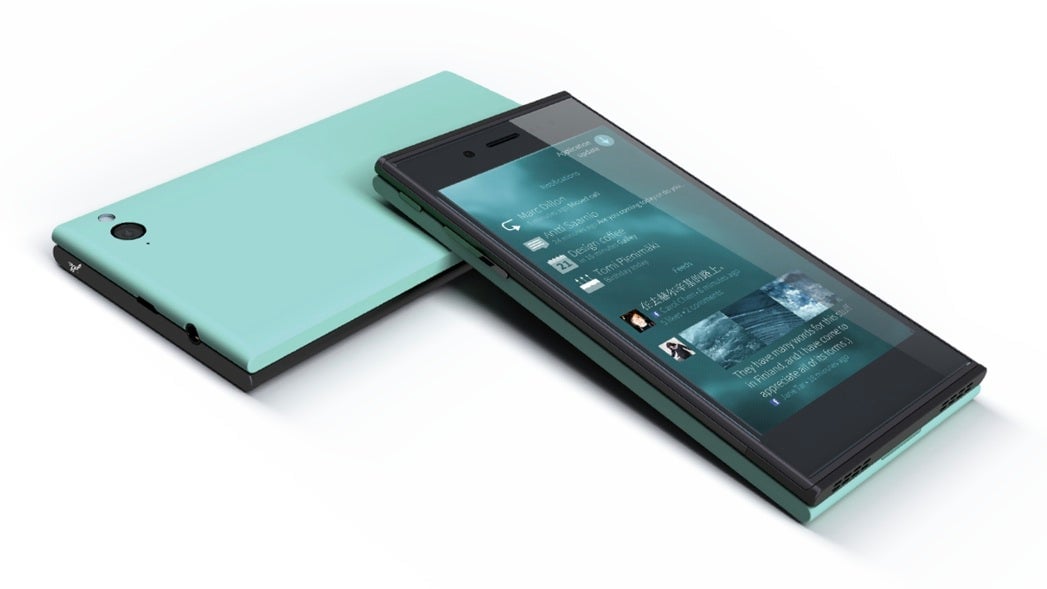The first real challengers to Android and iPhone unveil a high-concept phone
It wasn’t supposed to be like this. When the Jolla team—comprised of 70 or so ex-Nokia engineers—first announced a smartphone operating system slated to be the first real alternative to Google’s Android and Apple’s iOS, they emphasized versatility. The OS, they said, would run on anything from high-end models to cheap hardware designed for emerging markets, especially Asia.


It wasn’t supposed to be like this. When the Jolla team—comprised of 70 or so ex-Nokia engineers—first announced a smartphone operating system slated to be the first real alternative to Google’s Android and Apple’s iOS, they emphasized versatility. The OS, they said, would run on anything from high-end models to cheap hardware designed for emerging markets, especially Asia.
(If you’d like a detailed history of Jolla, here’s a deep dive published by Quartz when the team first unveiled the software portion of this phone.)
Now the Jolla team has released their first phone, which is far from low-end. At 399 euros ($510), the phone costs as much as the flagship phones made by Apple and Samsung.
But Jolla hasn’t necessarily changed course. The company’s ongoing collaboration with Chinese mobile retailer D.Phone suggests that it will come out with a more accessible model in the future. Still, the team’s decision to make their first device a showcase phone is a reflection of their ambition: to compete with companies like Apple, Google, Samsung, HTC and LG.
Here’s why. First, the phone has an unusual high-concept design that can be physically split in half and paired with different backs, each of which activates a different set of preferences within the phone. Want to switch from work to personal mode? Want to share a phone with a child? Just switch the back.
Second, the Jolla operating system relies on gestures, not buttons. This was characteristic of the ill-fated Nokia N9, a smartphone with a unique operating system beloved by mobile geeks but rarely seen by the wider public, since Nokia unceremoniously discontinued the N9 when the company decided to put all its efforts toward building a Windows phone. (Notably, some members of the Jolla team used to work on Nokia’s N9 team.)
The push to capture high-end smartphone consumers is risky. HTC and LG are already having trouble competing for these customers, which are dominated by bigger rivals Apple and Samsung. Jolla’s first phone is clearly the fantasy device of a handful of mobile geeks whose priority is creating the sort of phone they’d like to use. Then again, the same could be said of the original iPhone.